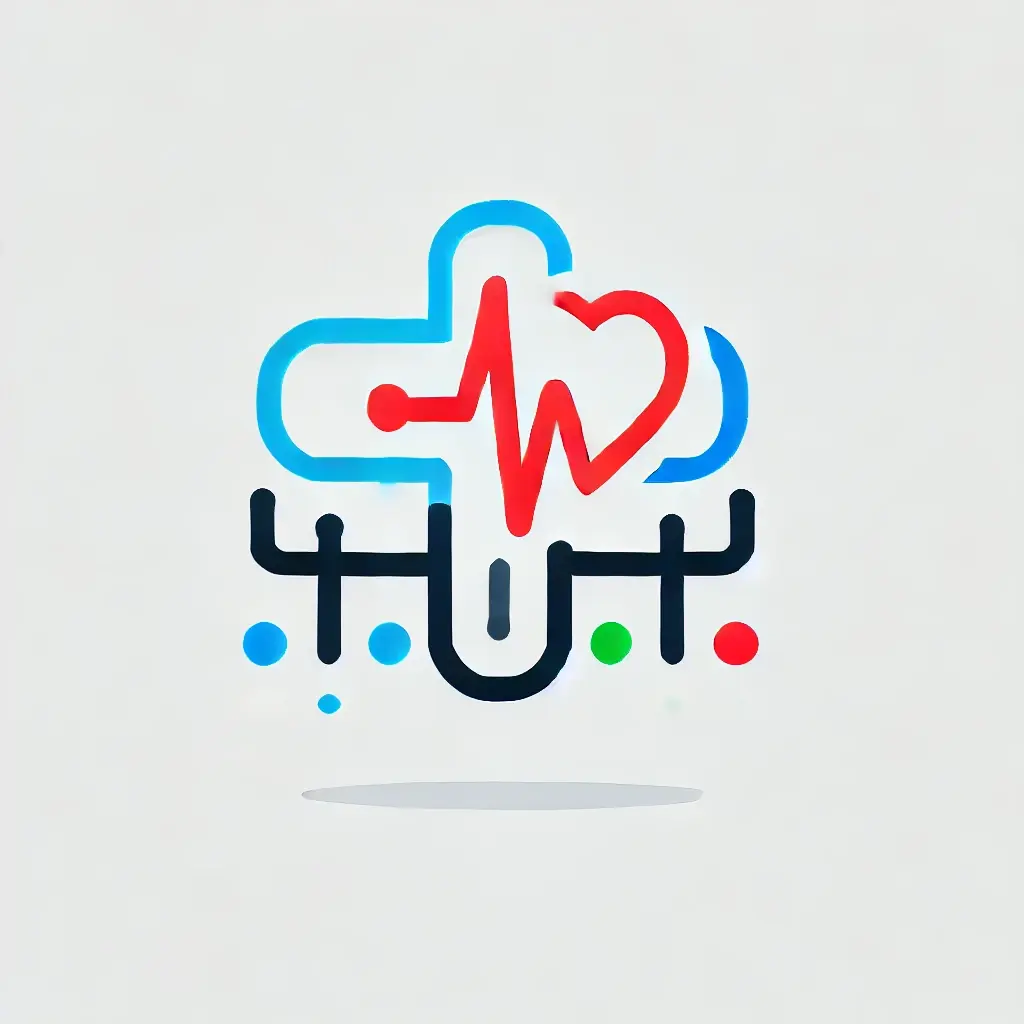Health data aggregation has emerged as a powerful tool in modern healthcare, leveraging artificial intelligence (AI) to collect and analyze information from diverse sources[1][2]. This process enables healthcare providers and organizations to gain comprehensive insights into patient health, population trends, and treatment efficacy.
AI-driven platforms play a crucial role in aggregating data from various sources, including:
- Electronic Health Records (EHRs)
- Connected health devices
- Wearable technology
- Medical imaging systems
- Laboratory results
- Claims data
These platforms use advanced algorithms to process and integrate disparate data types, creating a unified view of patient health[2][4]. Machine learning models can then analyze this aggregated data to:
- Identify patterns and trends in population health
- Predict potential health risks for individual patients
- Optimize treatment plans based on historical outcomes
- Enhance clinical decision support systems
One of the key benefits of AI-powered health data aggregation is its ability to handle unstructured data, such as clinical notes and diagnostic images[4]. This capability allows for a more comprehensive analysis of patient information, leading to more accurate insights and predictions.
Health data platforms often incorporate natural language processing (NLP) to extract meaningful information from text-based records, while computer vision algorithms can analyze medical images to detect anomalies or track disease progression[2][4].
Connected health devices and wearables contribute real-time patient data, enabling continuous monitoring and early detection of health issues[1]. These devices can transmit vital signs, activity levels, and other health metrics directly to the aggregation platform, providing a more complete picture of patient health between clinical visits.
As the healthcare industry continues to embrace data-driven decision-making, health data aggregation powered by AI is becoming increasingly important. It not only improves individual patient care but also supports population health management, clinical research, and healthcare policy development[2][4].
However, it’s crucial to address privacy concerns and ensure compliance with regulations such as HIPAA when implementing health data aggregation systems[4]. Robust security measures and data governance protocols are essential to protect sensitive patient information while harnessing the power of aggregated health data.
Further Reading
1. Health data aggregation platform | Xealth
2. SquareML | Healthcare Analytics
3. https://www.tigahealth.com/data-driven-health-ai-and-healthcare-analytics-for-patient-care/
4. Generative AI in healthcare: Emerging use for care | McKinsey
5. How healthcare data technology is leveraged by leaders


